Table of content
Chinese cabbage, known as Brassica rapa subsp. pekinensis, is a staple in kitchens across Asia and increasingly popular worldwide. Its crisp texture, mild flavor, and versatility make it a favorite in stir-fries, soups, salads, and fermented dishes like kimchi. However, a persistent question lingers in home kitchens and culinary forums: Should Chinese cabbage be blanched before consumption? This article delves into the scientific, culinary, and cultural dimensions of this debate, offering insights to help home cooks make informed decisions.

The Case for Blanching: Science and Safety
Blanching—a cooking technique involving brief immersion in boiling water followed by rapid cooling—is often hailed as a preparatory step that enhances safety, texture, and flavor. Proponents argue that blanching Chinese cabbage serves several critical purposes.
Pesticide and Contaminant Reduction
Modern agriculture relies heavily on pesticides to protect crops from pests and diseases. While regulatory bodies set acceptable residue limits, consumers increasingly seek ways to minimize exposure. A 2021 study published in the Journal of Agricultural and Food Chemistry found that blanching vegetables like Chinese cabbage can reduce pesticide residues by up to 60%, depending on the compound and blanching time. The heat disrupts pesticide molecules, and the subsequent rinsing washes them away. For those concerned about chemical residues, blanching offers a practical solution.
Enzyme Inactivation
Chinese cabbage, like many cruciferous vegetables, contains enzymes that can degrade nutrients and alter texture over time. Myrosinase, for example, breaks down glucosinolates (compounds linked to health benefits) into isothiocyanates, which contribute to the vegetable’s bitter taste. Blanching denatures these enzymes, preserving the cabbage’s sweetness and crispness. A 2019 study in Food Chemistry noted that blanching at 85°C (185°F) for two minutes effectively halts enzymatic activity without significant nutrient loss.
Texture Enhancement
Raw Chinese cabbage has a firm, water-rich structure that some find fibrous or too crunchy. Blanching softens the cell walls through partial gelatinization of starches, resulting in a tender yet still slightly resilient texture. This makes the cabbage more palatable in dishes like dumplings or spring rolls, where a softer fillings is desirable. Chefs also argue that blanching reduces cooking time later, preventing overcooking during stir-fries.
Bacteria Elimination
Raw leafy greens can harbor harmful bacteria like E. coli or Salmonella, particularly if grown in contaminated soil or water. While washing reduces microbial loads, blanching provides an additional safety net. A 2020 report by the International Association for Food Protection highlighted that blanching at 75°C (167°F) for one minute reduces bacterial counts by 90%, aligning with food safety guidelines for ready-to-eat vegetables.
The Case Against Blanching: Nutrient Retention and Flavor Preservation
Despite these benefits, many culinary experts and nutritionists advocate for skipping the blanching step. Their arguments center on nutrient loss, flavor degradation, and the vegetable’s natural versatility.
Vitamin and Mineral Leaching
Chinese cabbage is rich in water-soluble vitamins like vitamin C and folate, which are sensitive to heat. A 2018 analysis in Nutrients journal revealed that blanching for three minutes can cause a 20–30% loss of vitamin C, as the heat accelerates its breakdown and leaching into cooking water. Similarly, minerals like potassium and magnesium may diminish, though to a lesser extent. For those prioritizing raw nutrition, blanching may seem counterproductive.
Flavor and Aroma Compromise
Raw Chinese cabbage has a subtle, grassy sweetness that blanching can mute. The heat breaks down volatile compounds responsible for fresh aromas, replacing them with a more neutral taste. In dishes like salads or slaws, where crispness and brightness are paramount, blanching is often deemed unnecessary. Food critics also argue that blanching dulls the cabbage’s appearance, turning vibrant green leaves to a muted olive hue.
Time and Energy Efficiency
Blanching requires boiling water, cooling ice baths, and draining—steps that add time and complexity. For quick meals or busy cooks, raw preparation is more efficient. Additionally, blanching generates heat in the kitchen, which may be undesirable in hot climates or during summer months.
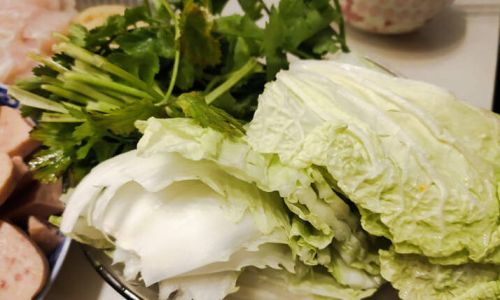
Cultural and Regional Preferences
Culinary traditions play a significant role in shaping preparation methods. In Korea, raw Chinese cabbage is essential for geotjeori (fresh kimchi), where its crunch contrasts with spicy seasonings. In China’s Sichuan province, raw cabbage is sliced thinly for liangban (cold dishes) dressed with chili oil and vinegar. These traditions highlight that blanching is not a universal prerequisite but a cultural choice.
Balancing Act: When to Blanch and When to Skip It
The decision to blanch Chinese cabbage hinges on the dish’s requirements and individual priorities. Here’s a guide to navigating this culinary crossroads:
Blanch If:
- Preparing fermented dishes: Blanching jumpstarts the lactic acid fermentation process by softening cell walls, allowing brine to penetrate faster.
- Cooking for vulnerable populations: Blanching reduces microbial risks for the elderly, pregnant individuals, or immunocompromised diners.
- Seeking uniform texture: Blanching ensures even cooking in dishes like stuffed cabbage rolls.
- Removing bitterness: Overly mature cabbage heads may benefit from enzyme neutralization.
Skip Blanching If:
- Making salads or slaws: Raw cabbage retains its crunch and fresh flavor.
- Maximizing nutrient intake: Opt for lightly dressed raw preparations.
- Stir-frying quickly: Modern woks reach high temperatures rapidly, cooking cabbage thoroughly without blanching.
- Following traditional recipes: Respect cultural methods that emphasize raw freshness.
Expert Tips for Blanching Success
For those who choose to blanch, mastering the technique ensures optimal results:
- Use a large pot: Overcrowding lowers water temperature, leading to uneven cooking.
- Salt the water: Add 1–2 tablespoons of salt per liter of water to enhance flavor and firmness.
- Monitor time: Blanch for 1–3 minutes, depending on cabbage size. Overblanching turns it mushy.
- Shock in ice water: Immediately transfer blanched cabbage to an ice bath to halt cooking and preserve color.
- Save the cooking water: The nutrient-rich liquid can be reused in soups or broths.
Nutritional Profile: Raw vs. Blanched
A 100g serving of raw Chinese cabbage provides:
- 13 calories
- 5g carbohydrates
- 1g protein
- 1g fat
- 74% DV (Daily Value) vitamin K
- 45% DV vitamin C
- 10% DV folate
Blanching reduces vitamin C by 20–30% but retains most fiber and minerals. Cooking also makes certain nutrients like beta-carotene more bioavailable.
Culinary Applications: Blanched vs. Raw
| Dish Type | Blanched Cabbage Use | Raw Cabbage Use |
|---|---|---|
| Stir-fries | Quick blanch prevents sogginess | Added raw for crunch |
| Soups | Blanch to soften before adding to broth | Shredded raw as garnish |
| Dumplings | Blanch and squeeze dry to prevent leakage | Rarely used raw due to texture |
| Salads | Lightly blanch for wilted texture | Core ingredient for freshness |
| Kimchi | Blanch for quicker fermentation | Raw for traditional recipes |
Environmental and Economic Considerations
Blanching consumes energy for boiling water and refrigeration for ice baths. In regions with water scarcity, the practice may strain resources. However, blanching extends shelf life by 2–3 days, reducing food waste—a trade-off worth considering.
The Verdict: Context Matters
There’s no one-size-fits-all answer. Blanching Chinese cabbage offers safety and texture benefits but compromises some nutrients and flavor. Raw preparation preserves freshness and convenience but may suit fewer dishes. Home cooks should weigh these factors based on their menu, health goals, and cultural preferences.
In professional kitchens, blanching remains common for consistency, while home chefs might prefer raw simplicity. Ultimately, the best method is the one that aligns with your taste, time, and culinary philosophy. Whether blanched or au naturel, Chinese cabbage remains a nutritious, delicious, and adaptable ingredient worth celebrating.
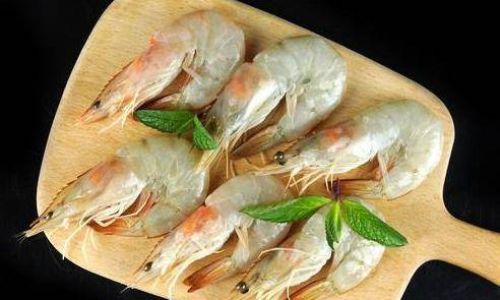

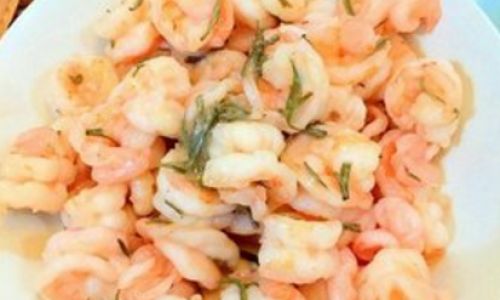

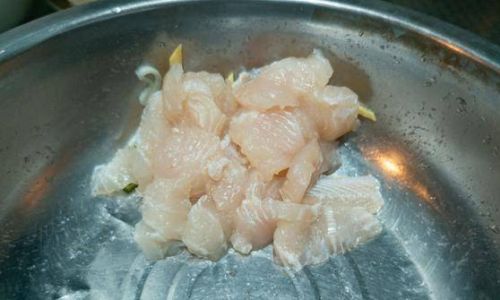
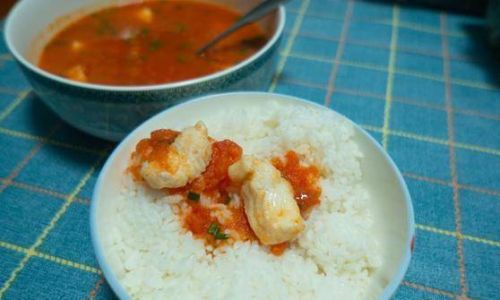
0 comments